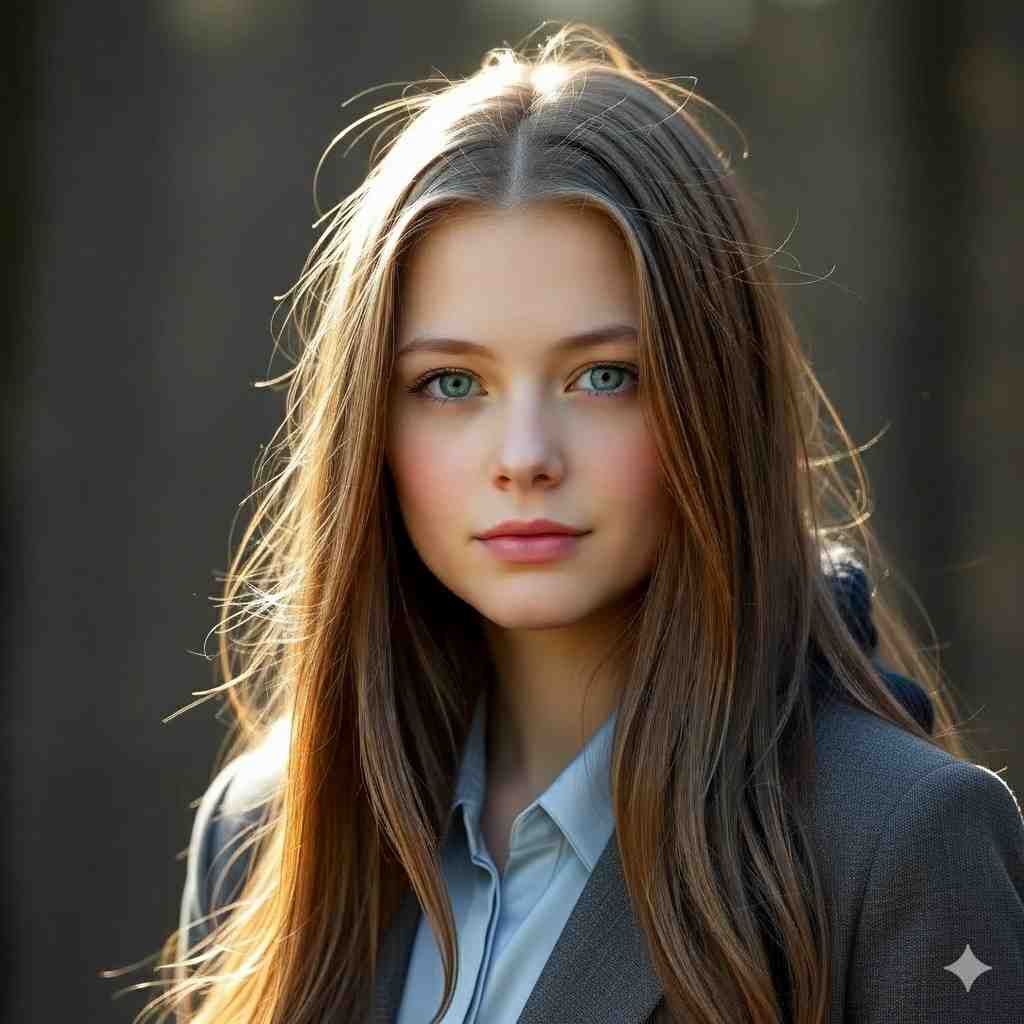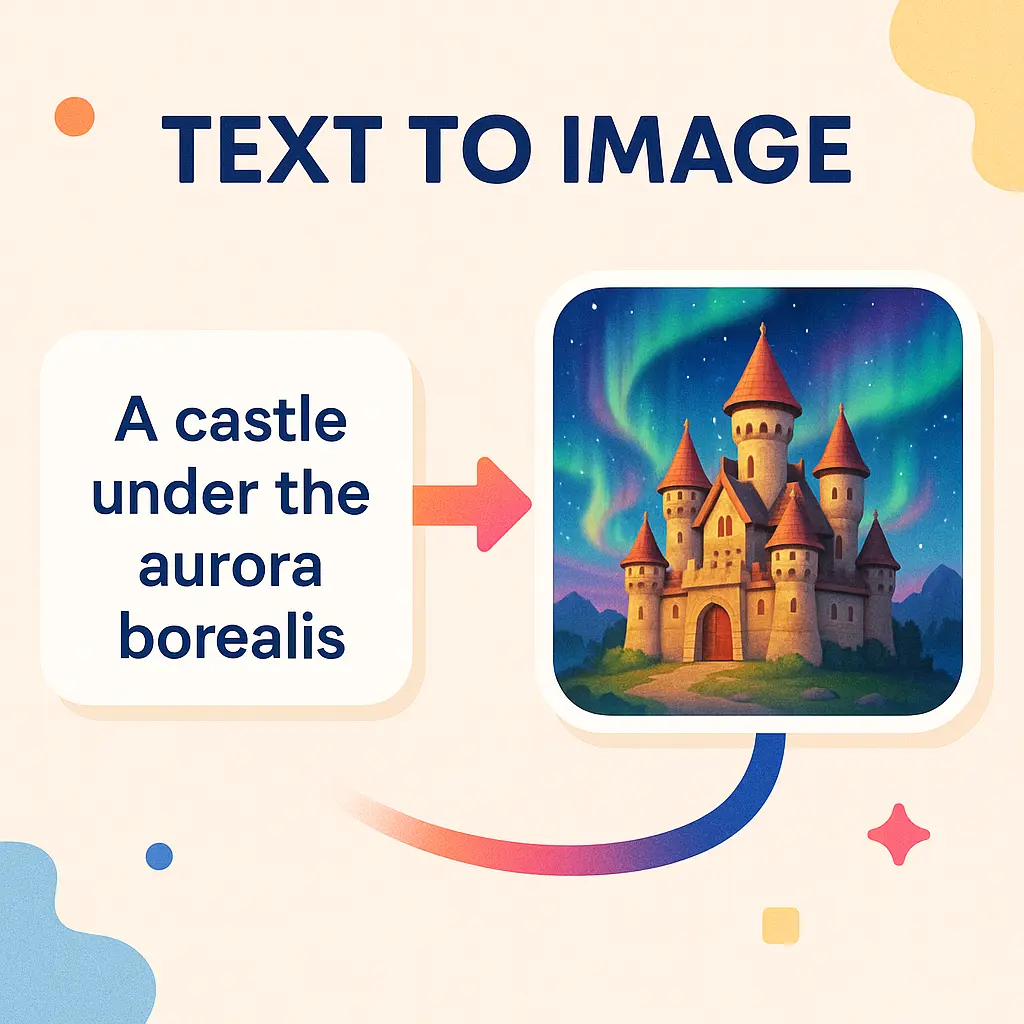Top Mistakes New AI Artists Make and How to Fix Them


Top Mistakes New AI Artists Make and How to Fix Them
AI art generators allow anyone to create professional-looking artwork using only text prompts, but many beginners end up confused when the results look blurry, distorted, or completely different from what they imagined. These problems are usually caused by prompt structure, missing details, or incorrect settings, not by the AI itself.
Below are the most common mistakes new AI artists make and simple ways to fix each one. You can apply these improvements directly with the ArtNovaAI Text-to-Image tool: Try Text-to-Image →
1. Writing Short or Vague Prompts
Many beginners enter one- or two-word prompts such as “cat”, “girl”, or “landscape”. The AI has no clarity about mood, background, style, or expression, so the output becomes random and plain.
Example of a weak prompt:
“Dog”
Better version:
“Fluffy golden retriever puppy wearing a blue scarf, sitting in a garden, soft natural
lighting, detailed fur texture, shallow depth of field, high-resolution.”
Fix: Add details about subject, style, lighting, and environment. The more specific the prompt, the better the outcome.
2. Forgetting to Mention the Art Style
If you don't specify a style, the AI chooses one randomly. Results may look realistic when you wanted anime, or cartoon when you wanted 3D.
Examples of style keywords you should include:
- Realistic photography
- Anime or manga
- Cartoon illustration
- Watercolor painting
- 3D render
- Ghibli-style art
- Abstract modern design
Fix: Always include a style reference in your prompt.
3. Asking for Too Many Things at Once
Beginners often add too many subjects in one image: “Dragon breathing fire, castle, princess, giant moon, fireworks, waterfall, rainbow, ten characters, glowing forest.” The AI gets confused and loses focus, resulting in messy composition.
Fix: Focus on one main subject and one environment. If you need multiple elements, generate separate images or use editing tools later: AI Image Editor →
4. Ignoring Lighting and Atmosphere
Lighting controls mood, clarity, highlights, shadows, and contrast. Without lighting instructions, images can appear flat or dull.
Examples of useful lighting keywords:
- Golden hour sunlight
- Cinematic shadows
- Neon lighting
- Soft warm glow
- Moonlight
- Studio lighting
Fix: Add lighting to every prompt for better realism and emotion.
5. Faces Look Distorted or Unnatural
Beginners often see strange eyes, uneven features, or warped faces. This happens when the AI doesn't get enough instruction about facial detail.
Fix: Add terms like:
- Detailed face
- Symmetrical eyes
- Smooth skin texture
- High resolution
- Close-up portrait
If the face still looks unclear, generate again or upscale the image to restore sharpness: Upscale Image →
6. Low-Resolution or Blurry Results
Standard AI images may look fine on screens but lose clarity when printed or enlarged.
Fix: Use the AI Upscaler to increase resolution and sharpen edges: Use AI Upscaler →
Upscaling helps with:
- Posters and wallpapers
- Merchandise printing
- Professional client work
- Large screens and banners
7. No Background or Empty Composition
Some beginners describe only the subject and forget the scenery.
Example:
“Cat sitting”
Add environment:
“Cat sitting on a sunny balcony with flowers, city skyline in background, soft
shadows, warm colors.”
Background details help the AI understand setting, light direction, and mood.
8. Using Conflicting Instructions
Example:
“Realistic cartoon cat made of metal with soft fur, clay texture, and neon glow.”
Mixing opposite elements confuses the model.
Fix: Choose one style direction:
- Realistic metal robot cat
- Cute cartoon cat with soft fur
- Neon cyberpunk glowing cat
Keep the prompt consistent.
9. Not Using Variations or Regenerations
Some users generate only one result and assume the AI cannot improve. The best images usually come from variation attempts.
Fix:
- Try multiple seeds
- Change one detail at a time
- Create alternative lighting or angle versions
- Use the same prompt in different styles
ArtNovaAI lets you regenerate or adjust style without starting over.
10. Not Editing After Generation
AI gives a strong base, but some artwork becomes perfect after small edits. Beginners often skip this step.
Fix: Use the AI Image Editor: Edit Your Image →
- Add text or typography
- Remove unwanted objects
- Change colors or backgrounds
- Add filters
- Enhance contrast or sharpness
Perfect for posters, wallpapers, banners, and social graphics.
How to Write a Strong Prompt Every Time
A reliable structure is:
[Subject] + [Details] + [Style] + [Lighting] + [Background] + [Resolution]
Example:
“Cute baby panda astronaut floating in space, soft pastel colors, cartoon style,
glowing stars, clean outlines, high-resolution wallpaper.”
This formula works for characters, animals, products, scenery, logos, or fantasy worlds.
When to Use Image-to-Image Instead of Text-to-Image
Sometimes you already have a sketch, photo, or design but want to convert it into a new style:
- Turn a real dog photo into a cartoon
- Transform a portrait into anime
- Create watercolor versions of your artwork
Use Image-to-Image for style transformation: Use Image-to-Image →
When to Use the Upscaler
Use Upscaler when:
- Printing artwork
- Creating posters
- Making high-resolution wallpapers
- Selling merchandise
- Showing art on large displays
Upscaler restores detail and removes blur: Try AI Upscaler →
Final Advice for New AI Artists
- Start simple
- Focus on one subject
- Use clear style instructions
- Include lighting and background
- Regenerate and refine
- Upscale for final quality
The more you practice writing prompts, the better the AI understands your creative direction. Over time, you will produce professional artwork consistently.
